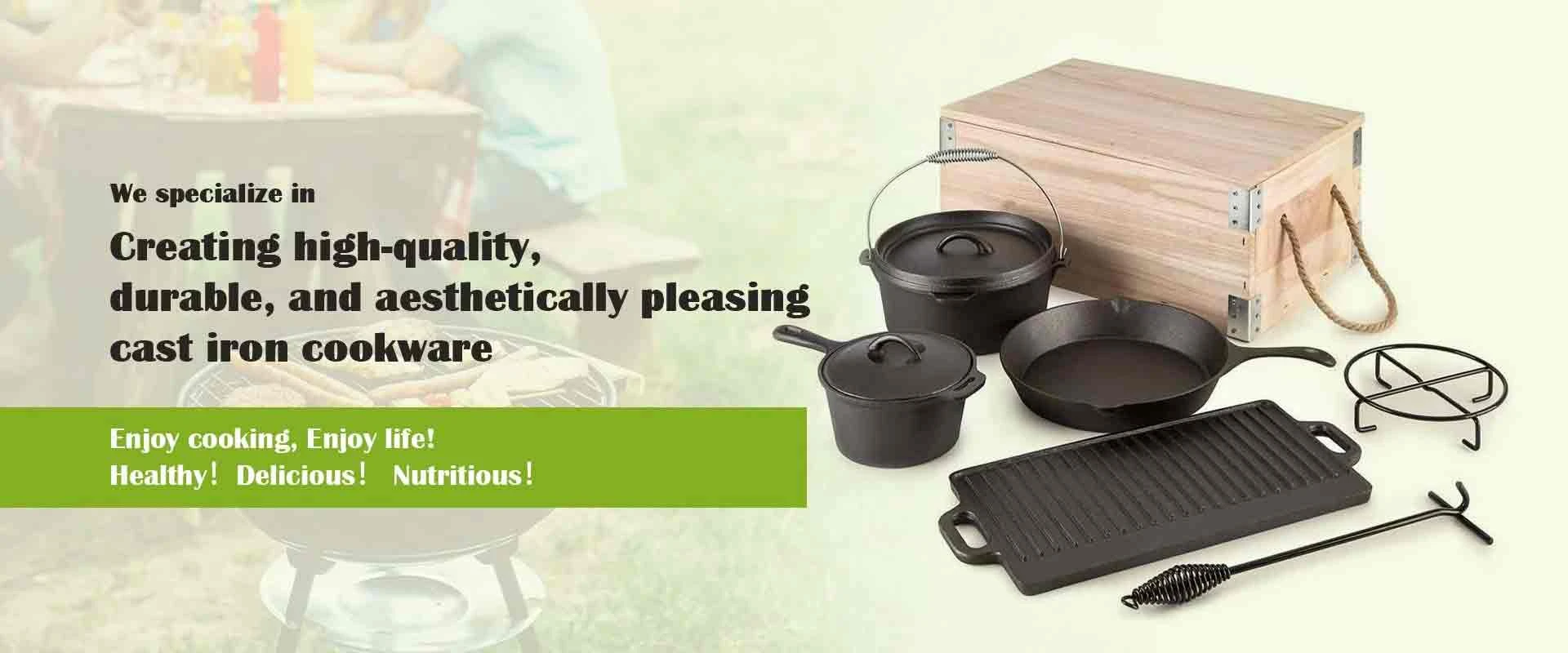
enameled cast iron versus cast iron
Enameled Cast Iron vs. Cast Iron A Comprehensive Comparison
When it comes to cookware, cast iron has long been a favorite among chefs and home cooks alike. Its ability to retain heat, even cooking surface, and compatibility with various heating sources make it a kitchen staple. However, enameled cast iron has emerged as a popular alternative, offering its own set of advantages and disadvantages. This article will explore the differences between enameled cast iron and traditional cast iron, helping you decide which is best for your cooking needs.
What is Cast Iron?
Traditionally, cast iron cookware is made from molten iron poured into molds, which gives it a unique texture and capability. The natural non-stick surface develops over time through seasoning – the process of applying a layer of oil and heating the cookware to create a protective coating. This method allows for excellent heat distribution and retention, making cast iron ideal for tasks like frying and baking.
What is Enameled Cast Iron?
Enameled cast iron is a variation that features a vitreous enamel coating on the surface. This layer is usually made from silica and aluminum oxide, fused onto the cast iron to create a non-reactive, easy-to-clean surface. Companies like Le Creuset and Staub have popularized this type of cookware, making it renowned for ergonomic designs and vibrant colors.
Advantages of Enameled Cast Iron
1. No Seasoning Required Unlike traditional cast iron, enameled versions do not require seasoning. The enamel coating prevents rust and helps avoid sticking, making it easy for beginners to use.
2. Easy Cleaning The smooth surface of enameled cast iron means that food won’t stick as much, and cleaning is generally easier. You can use soap and scrubbers without worrying about damaging the non-stick layer.
enameled cast iron versus cast iron

3. Color Variety Enameled cast iron comes in a multitude of colors, making it not only functional but also decorative. You can match it with your kitchen décor, and it can be served directly from the oven to the table.
4. Non-Reactive When cooking acidic foods, like tomato-based sauces, enameled cast iron won’t react or absorb flavors, which can be a concern with traditional cast iron.
Disadvantages of Enameled Cast Iron
1. Price Enameled cast iron is generally more expensive than traditional cast iron, making it less accessible for some homeowners.
2. Durability Although the enamel coating is robust, it can chip or crack if mishandled. Traditional cast iron, on the other hand, can last for generations when properly maintained.
3. Heat Conductivity While enameled cast iron holds and distributes heat well, it might not reach high temperatures as quickly as bare cast iron, which can affect cooking times for certain dishes.
Conclusion
Both enameled cast iron and traditional cast iron have their own unique benefits and drawbacks. Enameled cast iron is perfect for those who seek convenience and ease of use, along with aesthetic appeal. On the other hand, traditional cast iron is ideal for those who appreciate the craftsmanship and longevity that comes with seasoning and maintaining the cookware. Ultimately, the choice between the two will depend on your cooking style, preferences, and budget. Regardless of which you choose, both types of cookware have a place in a well-equipped kitchen, ready to deliver delicious meals for years to come.
-
Season Cast Iron Perfectly with GPT-4 Turbo TipsNewsAug.01,2025
-
High Quality Cast Iron Cookware - Baixiang County Zhongda MachineryNewsAug.01,2025
-
Premium Cast Iron Pan: Durable & Perfect HeatNewsAug.01,2025
-
High Quality Kitchen Durable Black Round Cast Iron Cookware Pancake Crepe Pan-Baixiang County Zhongda Machinery Manufacturing Co., Ltd.NewsAug.01,2025
-
Cast Iron Cookware - Baixiang County Zhongda Machinery | Nonstick, Heat ResistanceNewsAug.01,2025
-
High Quality Kitchen Durable Black Round Cast Iron Cookware - Baixiang County Zhongda Machinery | Non-Stick, Heat Retention, DurableNewsJul.31,2025


